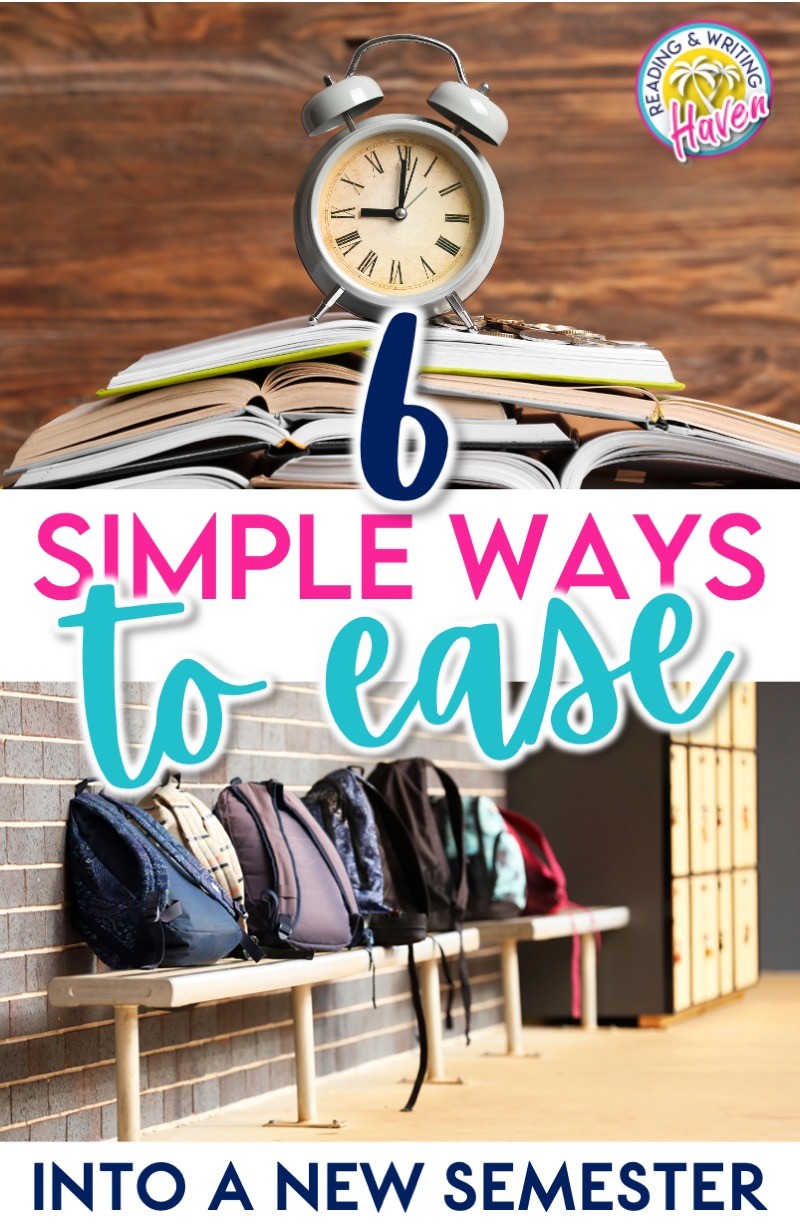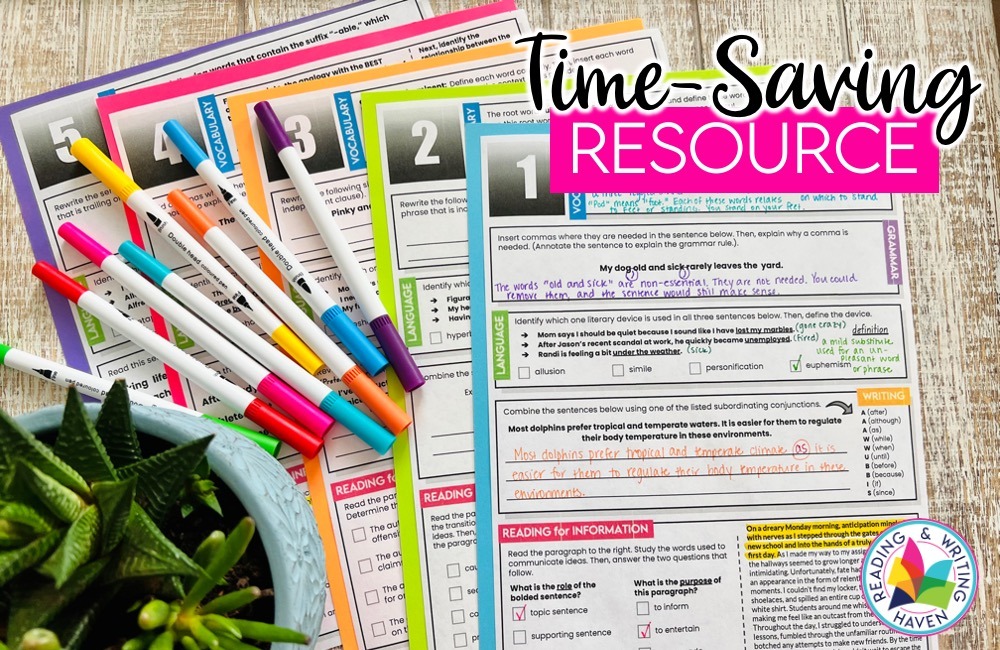6 Simple Routines to Ease into a New Semester
Does the thought of starting a new semester have you ready to dive under a blanket, binge-watch your favorite Netflix series, and cuddle up with a bowl of popcorn? A new semester brings with it many emotions. In this post, you’ll find some quick and meaningful routines to ease into a new semester.
Some of us will be teaching the same roster of students as we did in the Fall. And, others of us will be meeting a new group of faces. Regardless of if you are meeting new students or continuing on with the same group, routines can help make the transition back to learning more smooth.
Create Classroom Norms
Every course – even those that run year-round – can benefit from a classroom norm refresh. If your teaching situation is changing, or if you have a few new students, the dynamic is going to change. Students appreciate having ownership and voice in creating classroom expectations. When students help to create norms, they are also more likely to follow them and remind others to do the same.
Click here for my one-day classroom norms routine. You can easily modify it for online teaching by creating the norms on Google Docs. If you’d like to use small group carousels, which is what I recommend, you can utilize breakout rooms.
Discuss Communication Guidelines
When, where, and how do you want students to contact you with questions? Communication with students is critical, but it can be overwhelming if we are receiving emails all hours of the night. Getting questions that need answers ASAP can be upsetting.
So, go slow at first to go fast later. What I mean is by taking a few days to establish classroom routines for communication, you’ll have far fewer headaches in the long run. Remote learning has been a journey, and when students are not present with us in the building, email becomes one of their main vehicles for communication. Let’s teach them to use it professionally.
Click here to get started with my email etiquette teaching unit.
Introduce Note-taking Methods
Note-taking is a skill is important across subject areas and grade levels. In fact, it’s beneficial in life as well! I started prioritizing note-taking lessons when I wanted students to process what they were learning away from the screen…and independently from me.
To start a note-taking routine at the beginning of a new semester, you can begin with something low key and creative. My favorite is sketchnotes. This strategy prioritizes critical thinking, synthesis, and connections. Sketchnotes make for amazing brain dumps and study strategies. (Click here to find the lesson I use when introducing them to students.)
If we embed a variety of note-taking strategies into our existing lessons, we can help build students’ soft skills without taking time away from learning course standards. You can read about how I build note-taking strategies into my lessons in this post.
Establish Reading Routines
Start off a new semester by building momentum and energy around independent reading. Students often want to know the purpose. Why read? This question is valid, and I try to build that curiosity into my reading routines.
How can we grow while reading independently in middle and high school? Tweens and teens like to see growth. And, research supports conversations about reading diet, book fit, and reading volume. All of these data points are measurable for students, and they provide meaningful feedback for teachers during conversations with students about books.
I began using a bookshelf metaphor because it’s visually appealing and helps students to SEE their progress. You can find my digital bookshelf here, or the print version here.
Reset Your Bell Ringer Routine
Students often get tired of the same bell ringers for an entire year. However, having a consistent routine is important. I’ve always found the beginning of a new semester or a new nine weeks to be an ideal time to shift the type of bell ringer I’m using while still maintaining the predictable beginning to class many students need to regulate.
One option for a bell ringer routine is using a Word of the Day. With this approach, you can cover many of your vocabulary language standards while starting class with a rich foundational discussion of words to inspire their reading and writing. I like to use Tier 2 words that commonly appear in books students read as well as on standardized tests.
Another option is to use a spiral review of core skills as a bell ringer. This approach allows you to see gaps in student learning, which you can use to drive instruction. I like to make my spiral review bell ringers short and simple so students can get feedback right away and so that it doesn’t add to my grading load!
Gather Baseline Data
One routine I always establish with grammar is gathering baseline data. Because grammar lessons are similar to math, they tend to be more rewarding when students see their learning. Using mini quizzes before and after grammar units gives you data you can use to prioritize and drive instruction.
I keep questions focused on basic identification of grammar elements, even though I teach grammar in context with writing. Isolating the skills makes it easier to collect data quickly. After students complete the assessments, you can use the data to differentiate learning.
These digital grammar quizzes might save you time.
And there are many other ways you can ease into a new semester, but these are the things I choose to prioritize. I hope this list will save you some time and help to create learning routines that will simplify your life!


